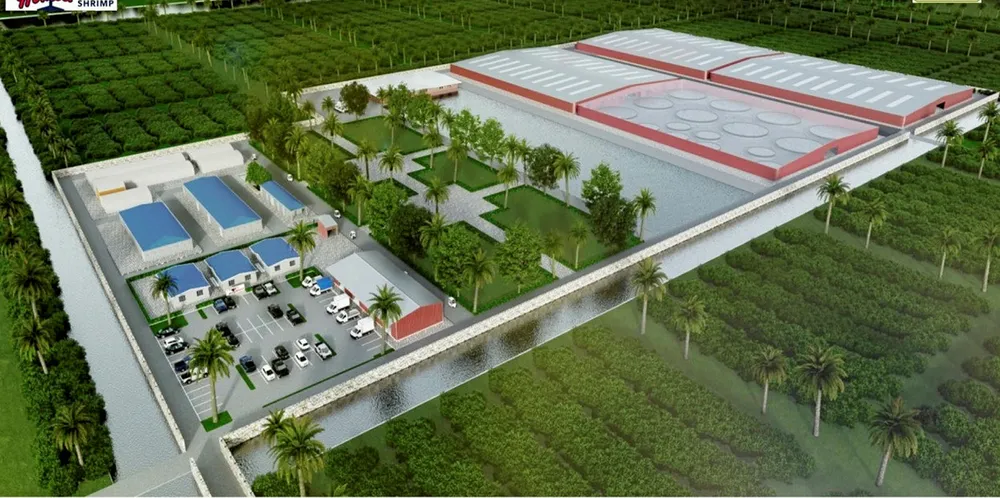Could Thai giant CP Foods' new US farm change shrimp production forever?
The exec behind the project told IntraFish about the Thai food giant's unconventional plans in one of the world's biggest markets.

The exec behind the project told IntraFish about the Thai food giant's unconventional plans in one of the world's biggest markets.
